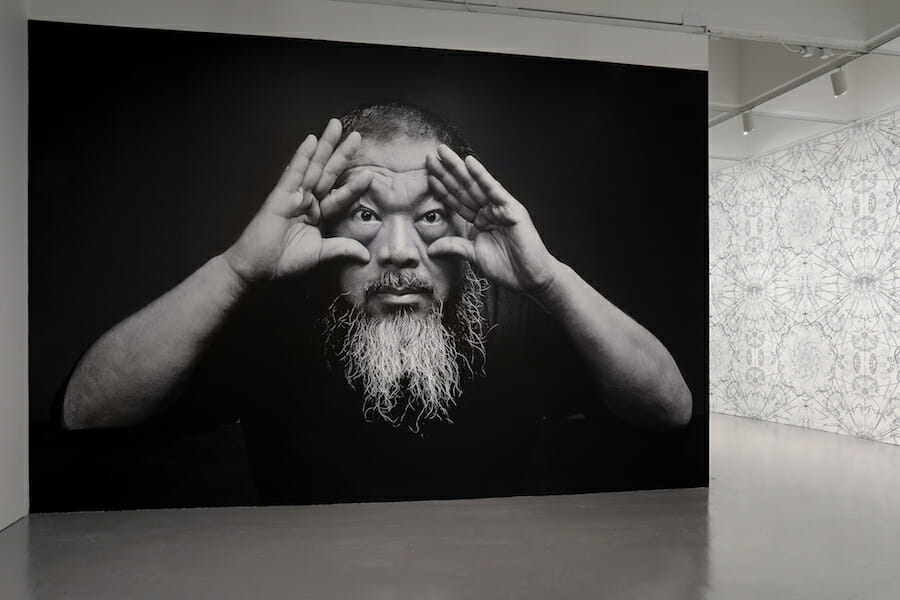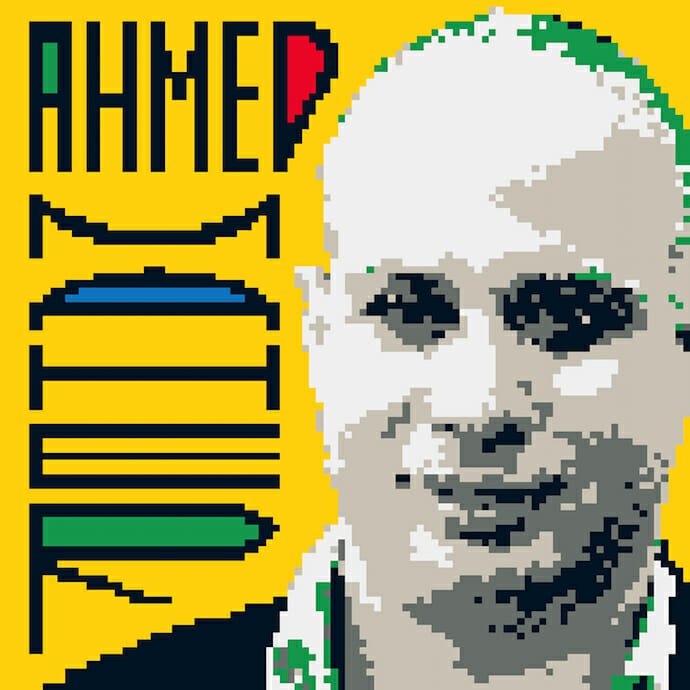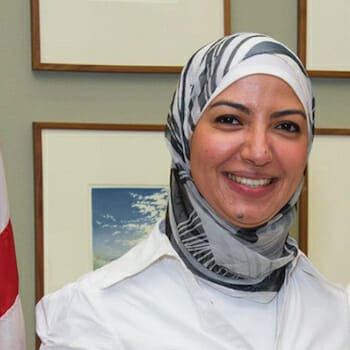
Releasing the Unreleased: A Prisoner Artist Sets ‘Prisoners Free’
I always wondered how and why art in its different genres and forms does set me free in a powerful, unquestionable, and sometimes indescribable manner.
In Shakespeare’s masterpiece “Hamlet,” Hamlet the hero of the play makes sure to ask his best friend Horatio to tell his story so that history and mystery will be unfolded.
How important it is to communicate and tell a story about ourselves and others; about the seen and the unseen. What are the tools that can better enable a story teller to portray a story that will be seen, felt, and interpreted by different eyes and ears? What if one does not have an opportunity to tell his story because he is dead or imprisoned? Would it be better to keep the story untold or to bring it to life?
I am not pursing an answer for these many evolving questions, I better quote Kathleen Kelly’s words from my favorite movie You’ve Got Mail when she said: “I don’t really want an answer. I just want to send this cosmic question out into the void.”
Human Rights LEGO Bricks: A Quest of Freedom and Dignity
“The misconception of totalitarianism is that freedom can be imprisoned. This is not the case. When you constrain freedom, freedom will take flight and land on a windowsill.” – Ai Weiwei
First portrayed in (2014) on Alcatraz Island in California, Ai Weiwei’s huge exhibition was then updated with text detailing the lives of the featured activists. As much as it seems idealistic, naive or maybe unrealistic to some people, policy makers, tyrants, dictators, presidents, or kings, the Chinese conceptual artist Ai Weiwei has chosen plastic LEGO bricks to tell a digital story about freedom, human rights, and pain. In his project ‘TRACE,’ Ai Weiwei presents (176) portraits of dissidents, political prisoners and activists and their stories from (33) countries.
Trace: Opening the Eyes of Conscience
A humanitarian remedy through art and digital story telling is emphasized through his exhibition on art, society, and individual experience. With Carl Orff’s “Carmina Burana” playing in my spiritual and mental backgrounds, I went through the portraits of the activists and every one of them has a distinctive individual story, yet they share a common theme of prison, freedom, and oppression. They might not be physically free, but Ai Weiwei artistically and morally has released their stories through his exhibition. He wanted to tell their stories and show how they are deemed “criminals only because they have conscience.”
The humanitarian message of TRACE is clear as well as the sweet political ‘poison’ it reflects. In terms of the artistic pattern, pieces of “straightforward Legoized versions of a basic snapshot with a colorful background and the name running along one side” are displayed on the floor. Along Martin Luther King, Nelson Mandela, Aung San Suu Kyi (Noble Prize 1991), I personally related -by birth nationality and human rights identity – to three Egyptian activists who are currently imprisoned:
Trace: Alaa Abd el-Fattah: “Arrested for organizing a political protest and for disrespect and hatred for the courts and the judiciary. Abd el-Fattah is a blogger, software developer, and political activist. He is one of the leaders and organizers of the January 2011 demonstrations that brought down the military-backed regime of Hosni Mubarak. In 2014, he was sentenced to fifteen years in prison. After a February 2015 retrial, his sentence was reduced to five years.”

Trace: Ahmed Douma: “Convicted of participating in illegal protests. Douma, a prominent activist and blogger, has been arrested under each consecutive Egyptian government in recent years. He was arrested following a protest organized by the No Military Trials for Civilians campaign in defiance of a new restrictive protest law. Originally sentenced to three years in prison with hard labor in 2013, Douma was sentenced to life in prison by the Cairo Criminal Court in 2015.”

Trace: Ahmed Maher: “Sentenced for protesting a new Egyptian law banning all protests. Maher is a civil engineer, a cofounder of the April 6 Youth Movement, and a prominent participant in the anti-Mubarak demonstrations in Egypt in 2011. He was reportedly considered for a Nobel Peace Prize for his work toward democratic reform. In 2013, he was sentenced to three years in prison. He was released in January 2017.”

A Better Understanding of Ai Weiwei’s Disruptive Voice!
The artistic debate of the exhibition efficiency can go beyond its purpose. Questioning the purpose can be an endless mental and intellectual process of offering interwoven interpretations. For example, why did the artist use Legos? Why did the artist use the floor instead of the wall to portray his art? Why did the artist display Edward Snowden with Nelson Mandela? etc. There is no one answer to contain this evolving artistic pattern.
Andrea Boyarsky-Maisel, The American University Museum Art educator, commenting on Ai Weiwie’s conceptual artistic norms, brought the story when Ai Weiwei dropped a 2000-year-old Han Dynasty Urn 1955. This shocking behavior highlights what Ai Weiwei’s believes of challenging the norms to transform through art. No wonder then that he has used the floor as his theatrical setting to portray the activist’s faces by not ‘hanging’ them on walls but featuring them on the floor.
Ai Weiwei strongly believes that “the only way of building a new world is by destroying the old one.” That artistic doctrine offers a better understanding of his disruptive artist’s pattern. Obviously, he is challenging the usual by smashing art to constructing by art. There is an intersectionality of transformation and construction by destruction.
Art: Tyrants’ Fear or Therapy!
Can art be a sustainable functional method establishing human rights? If the answer is no, why tyrants fear art if it is just an abstract reflection that has no effective impact? BBC writer and performer, AL Kennedy summarized the answer in her article: “A Point of View: Why tyrants are afraid of art and beauty?” She indicates that tyrants fear art because “Art is a power, and much of its true power is invisible, private, memorized and held even in prison cells and on forced marches, so you can see why totalitarians of all kinds dislike it.”
Legos: Liberating and Celebrating
Interestingly, Lego’s was not only Ai Weiwei’s metaphor for freedom celebration. NASA too used Lego’s to celebrate a profile they called as women of NASA. The proposed set celebrates five notable NASA pioneers and provides an educational building experience to help young ones and adults alike learn about the history of women in STEM. Other projects followed for other Ideas proposals of Legal Justice Team and celebrating women in law, The Bioneers, celebrating women in biological engineering.
We ‘See’ You!
My Serendipitous faith in humanity has been renewed by ‘seeing’ TRACE. I kept on repeating “I see you” to every profile of the activists. As the greeting of the Na’Vi language that was designed by Professor Paul Frommer to be used in the Science fiction film Avatar. “To see” to open the mind and heart to the present…It is more closely a synonym of to “understand” or “comprehend.”
A final thought. Is TRACE worth visiting? I would say that it is. The exhibition will leave you at least with one if not many inner thoughts. Behind every picture, lives a real story that needs to be told and seen.
Ai Weiwie disruptive idea is just a key to open doors of freedom, justice and humanity for those who have been deprived of them. Ai Weiwie did not ask for normality in an abnormal world where prisoning human rights activists is normal for having conscience. Setting them free, starts by knowing about their stories that exist (ed) with them behind the bars. Opening the eyes to see through disruptive art is a fierce ability of sending a message of caring through Legos.
The Noble Prize and Pulitzer Prize winning American Novelist Toni Marrison says “The function of freedom is to free someone else,” and if you are no longer wracked or in bondage to a person or a way of life, tell your story. Risk freeing someone else. Not everyone will be glad that you did. Members of your family and other critics may wish you had kept your secrets. Oh, well, what are you going to do?”
“Ai Weiwei: Trace at Hirshhorn” opens Wednesday at the Hirshhorn Museum and Sculpture Garden and runs through Jan. 1.

